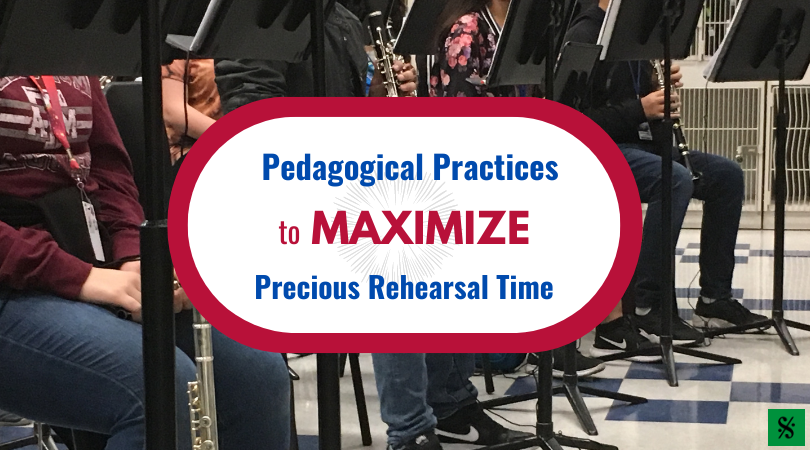This is the second post of a three part series about Practice tips for the Modern Musician. In my last article, “Use a Stopwatch, Not a Timer!” I discussed the importance of goal-oriented practice sessions instead of just watching the clock. In this article, I want to extol the virtues of eliminating as many distractions from your students’ practice environment as possible.

Last summer, my Dad, oboist Richard Rath and I were invited to perform a duo recital in Tokyo at the 2015 International Double Reed Society Annual Conference. For us both, it was a chance to hunker down and return to those long hours of collegiate wood-shedding in the practice room. (Collegiate days, might I add, before social media and cell phones!)
Getting back to the practice room revealed to me that not only was I going to have to battle my own motivation and “busyness,” but I was also going to have to fight an intense number of distractions from my iPhone, too. If I was easily distracted by my smart phone, then surely it meant that my students are as well.
At first, I thought it would be sensible to set my phone to “Do Not Disturb.” In some situations, that would probably work, but I use my iPhone for so many practice resources (metronome, tuner, recording device) that having it on and on my music stand simply meant that I was seeing every notification pop up.
So eventually, I shifted from “Do Not Disturb” to “Airplane Mode” and this made all of the difference. As you know, “Airplane Mode” essentially shuts off the wifi and cellular function of your phone. Social media, texts, calls and app notifications were all virtually non-existent.
When I was in the practice room for hours at a time, I couldn’t help but think about what I was missing. I maintain a busy writing schedule on top of my teaching responsibilities, so it was a legitimate concern for me to be “unplugged” for as long as I was. But, I was able to find balance by taking necessary practice breaks and check my phone while doing so. (And you know what? The world continued on fine without me…)
This gave me great perspective on what my students encounter when they practice. It would be easier to tell them to just turn their phones off when they practice, but with so many good apps at their disposal, I don’t want them to miss the opportunity to practice without a metronome and a tuner. And let’s face it, the days of having a student buy an actual tuner/metronome device are over.
So now with my students, I instruct them to use a stopwatch (not a timer!) and turn their phones to “Airplane Mode” — which I often call “Practice Mode” (“wasn’t that nice of Apple to consider musicians when they invented that function?!”). From there, if they are actually practicing, focusing on specific goals and doing so without distraction, our students will start to see much more efficiency in their practice time. And efficiency leads to productivity; productivity leads to results; and results lead to better bands. One distraction-free practice session at a time.
Read Part 3 of Practice Tips for the Modern Musician here – Setting Goals and Achieving Objectives.
Eric Rath is an active educator, clinician, adjudicator, arranger, and composer. He has served as a band and orchestra director as well as a percussion specialist at the middle and high school levels. He and Ralph Hicks are the co-authors of the percussion ensemble collection, “Beyond Basic Percussion” and the snare drum and keyboard fundamentals book, “Five Minute Drill” (Tapspace Publications). Recently, they launched their latest book, “The Golden Age of Ragtime,” which features five ragtime piano pieces transcribed for xylophone soloist and marimba ensemble or piano accompaniment. ericrathmusic.

Related Reading:
How Using Lanyards Can Help You listen to Every Student in Beginning Band
Use a Stopwatch, Not a Timer
Should You Be Practicing Right Now? (Free Image)
If you would like to receive our weekly newsletter, sign up here.
Don’t forget to like us on Facebook too!
Learn. Share. Inspire.
BandDirectorsTalkShop.com





Leave a Reply
You must be logged in to post a comment.